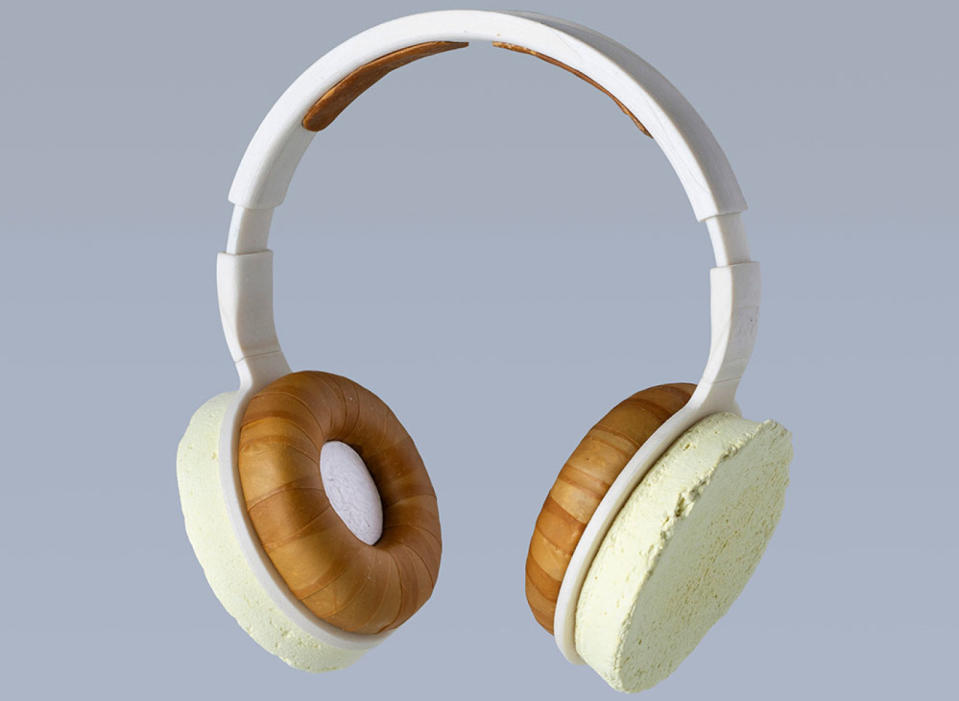Fungus headphones offer a glimpse at the renewable future of electronics
The Korvaa headset swaps plastic, leather and mesh for microbe-grown materials.
It turns out headphones are the perfect product to showcase the potential for growing electronics. The typical set has a mix of plastic, leather and mesh -- not the most environmentally friendly ingredients. To prove that we could swap those out for yeast, mushrooms and other microbe-grown materials, Finish design studio Aivan created headphones made from bioplastics and microbe derivatives.
The Korvaa headphones feature a headband 3D-printed with bioplastic made from yeast-produced lactic acid. The padding around the ear is made of Hydrophobin, a foaming protein produced by fungus, and plant cellulose. The imitation leather is also a fungus, and the mesh over the speakers is biosynthetic spider silk produced by microbes. The outer foam is a mycelium-cellulose composite.
The headphones, a joint effort between Aivan, VTT Technical Research Centre of Finland and Aalto University, were presented at a summit in Helsinki yesterday. For now, they're still a prototype, and they don't contain any of the essential electronics. While you might not see a finished product on the market anytime soon, Aivan reportedly hopes to develop the concept further. And you'll likely see bio-engineered materials popping up in other industries.





